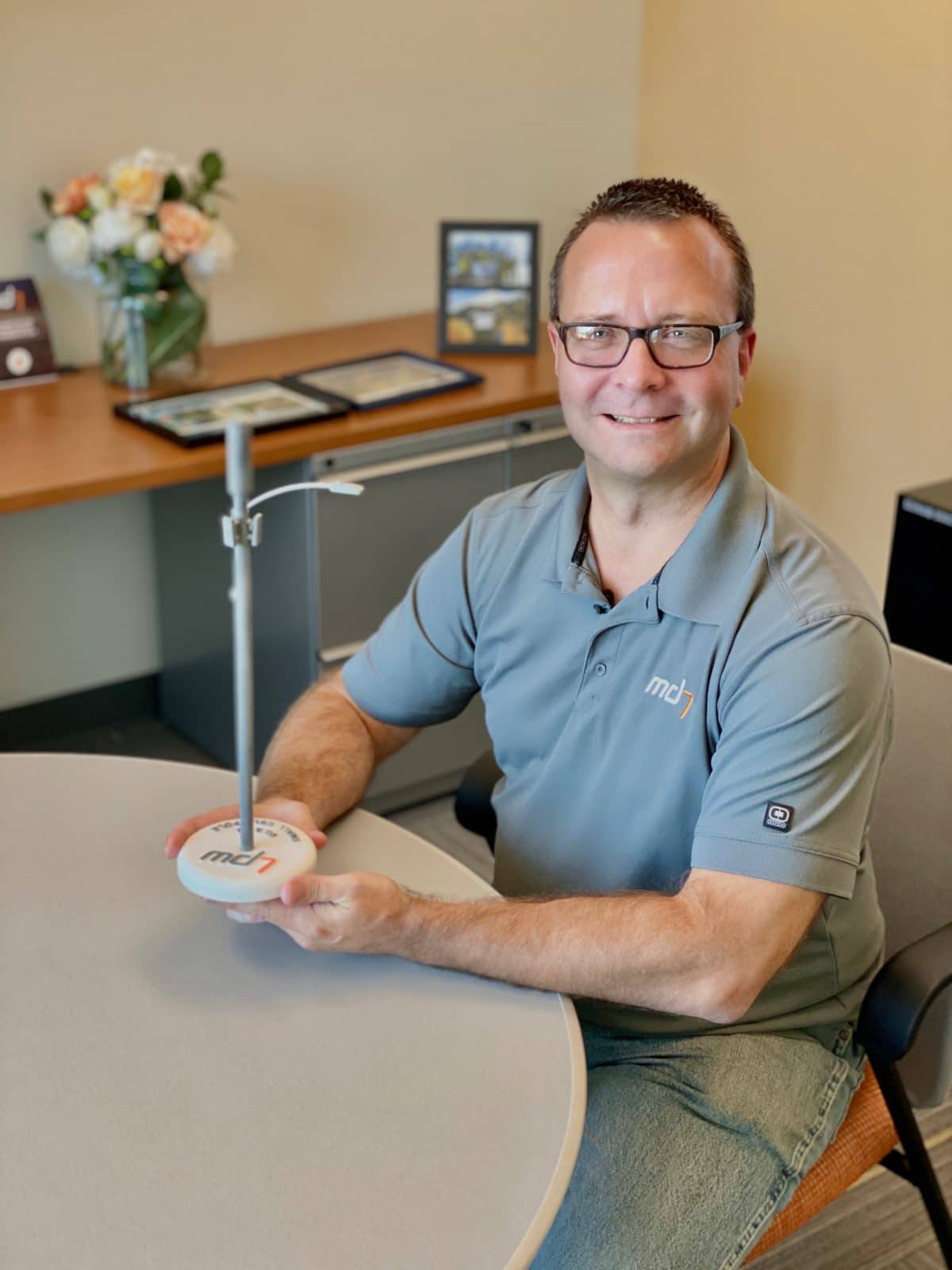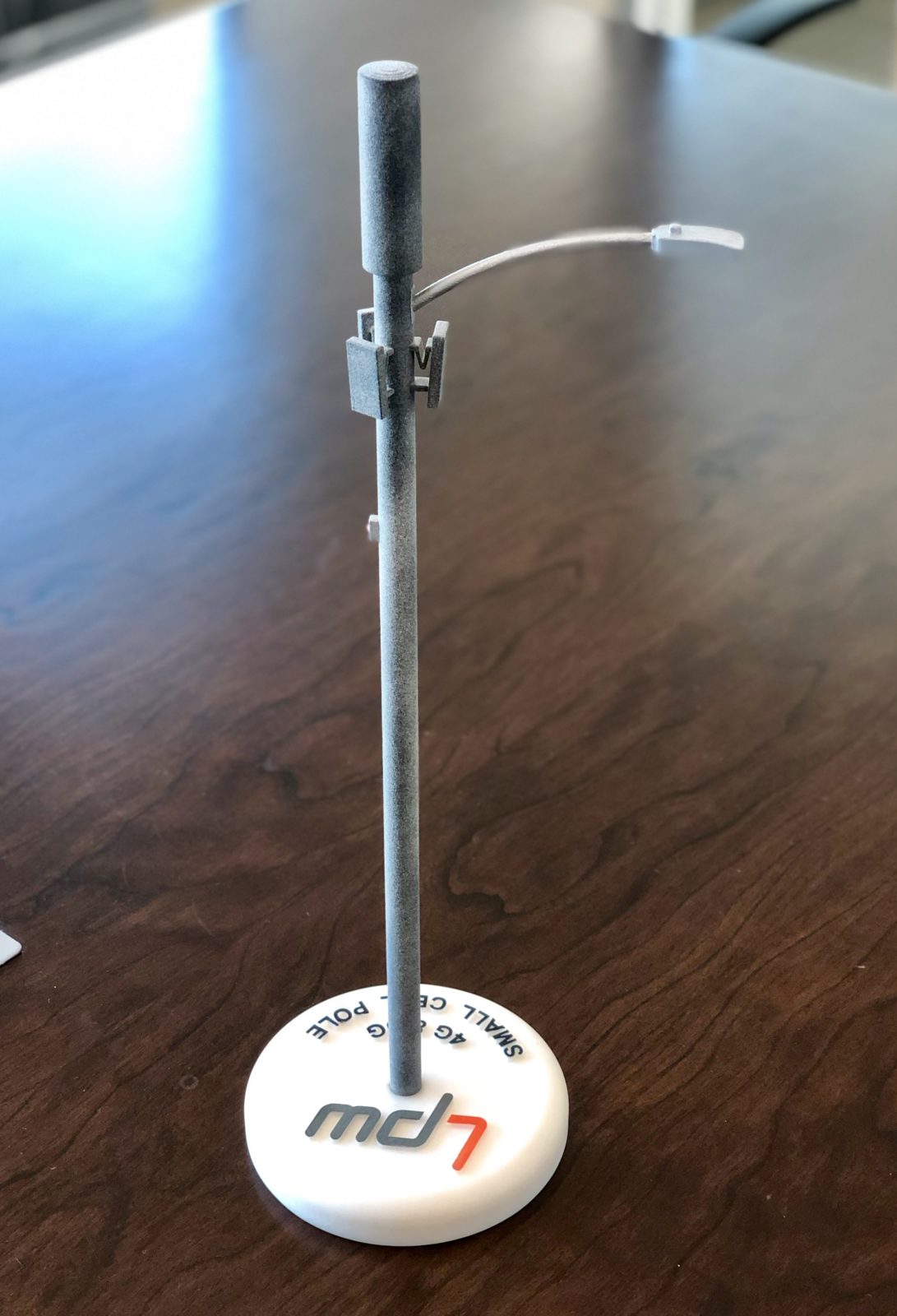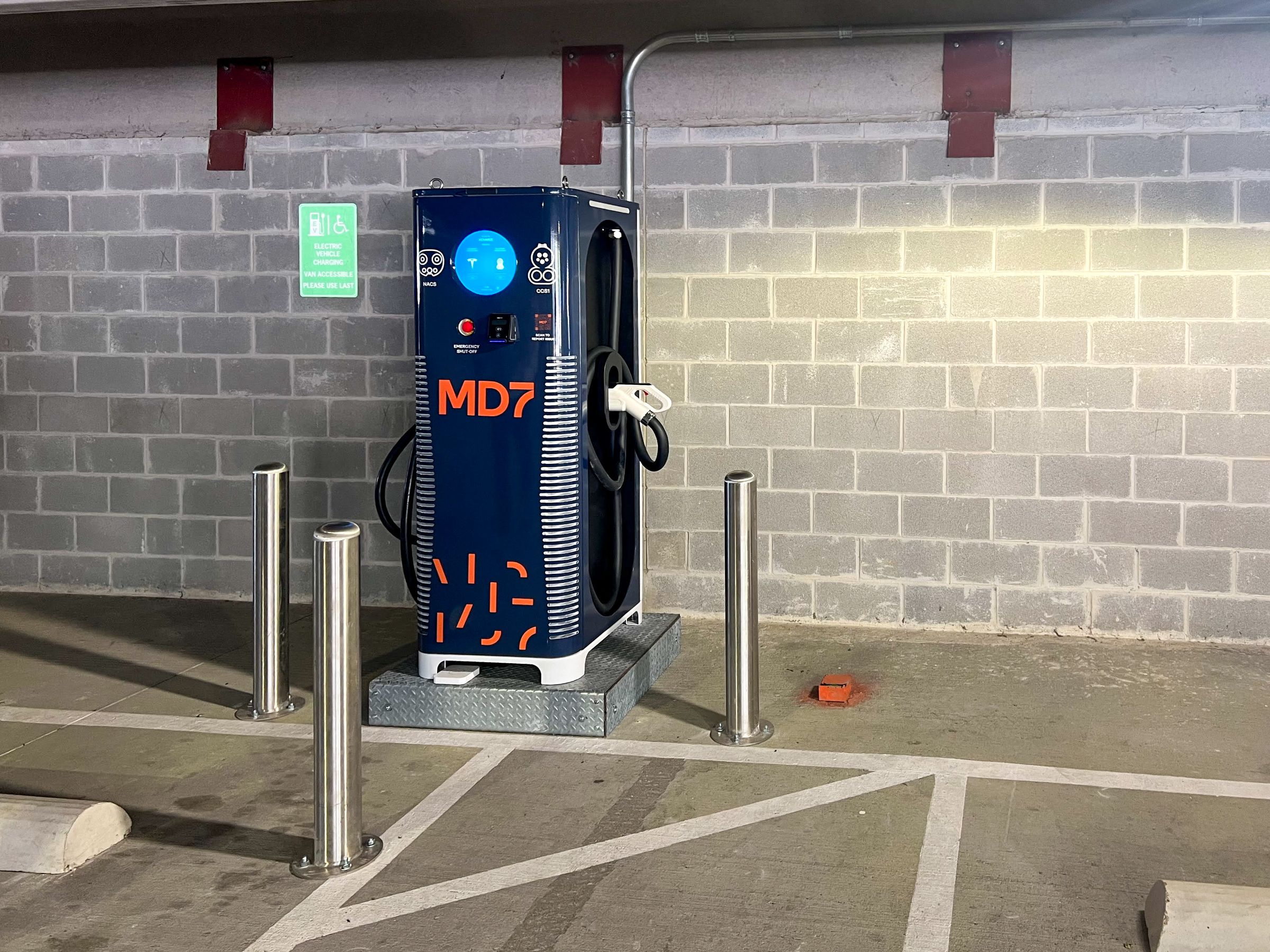3D Modeling for 5G Small Cells
The infrastructure requirements and capital investment of 5G are enormous. In the US, initial 5G deployments will mostly be in the high-band frequency offering blazing fast downloads but with limited coverage. As a result, wireless operators in the US will need to build out a large number of nodes or “small cells” to ensure solid 5G coverage.
In Europe, wireless operators have more access to a greater range in the frequency spectrum allowing them to build 5G networks that balance faster data speeds with good coverage. For this reason, 5G in Europe will be deployed primarily on existing macro cells with small cells used to fill in low or weak coverage areas.
It’s been estimated that more than 800,000 small cells will be needed over the next four years to support the new 5G network. [1] Existing 4G macro sites will need to be upgraded and optimized as well.
The 5G revolution brings a tremendous amount of innovation and ingenuity with it. The way cell sites are developed, acquired, deployed, managed and upgraded requires a new approach. One of the ways Md7 helps wireless operators deploy small cells for both 4G and 5G starts with 3D modeling.
The site that would normally be on a tower is consolidated into a much smaller equipment design that would go on a utility pole, a light pole or sometimes a new pole stab in the right of way. With the number of small cells needed for 5G, along with the closer proximity to the mobile devices, it’s important that the design and placement of these sites are appropriate for their environments.
Brian Mackey, Project Manager at Md7, has taken 3D modeling to an entirely new level with 3D printing. 3D modeling and printing allow jurisdictions and key decision-makers to see what a small cell is going to look like before the construction process begins. In many cases, the 3D models help the decision-makers better understand what a small cell is. An accurate 3D model can be especially helpful for jurisdiction approval within sensitive areas such as historic districts, residential neighborhoods, and areas with decorative poles.
“3D printed models complement traditional photo simulations by allowing you to view small cell designs from every angle. Plus they look really cool!”
Brian Mackey
5G has the power to change the world. In order for 5G to be fully realized, a tremendous amount of infrastructure and innovation is required. This requires creative thinking and using new technologies to constantly innovate just as Brian has done with his 3D printed small cells.
This is 5G. This is Md7.
[1] CTIA – Making the U.S. 5G Ready With Infrastructure Reform





